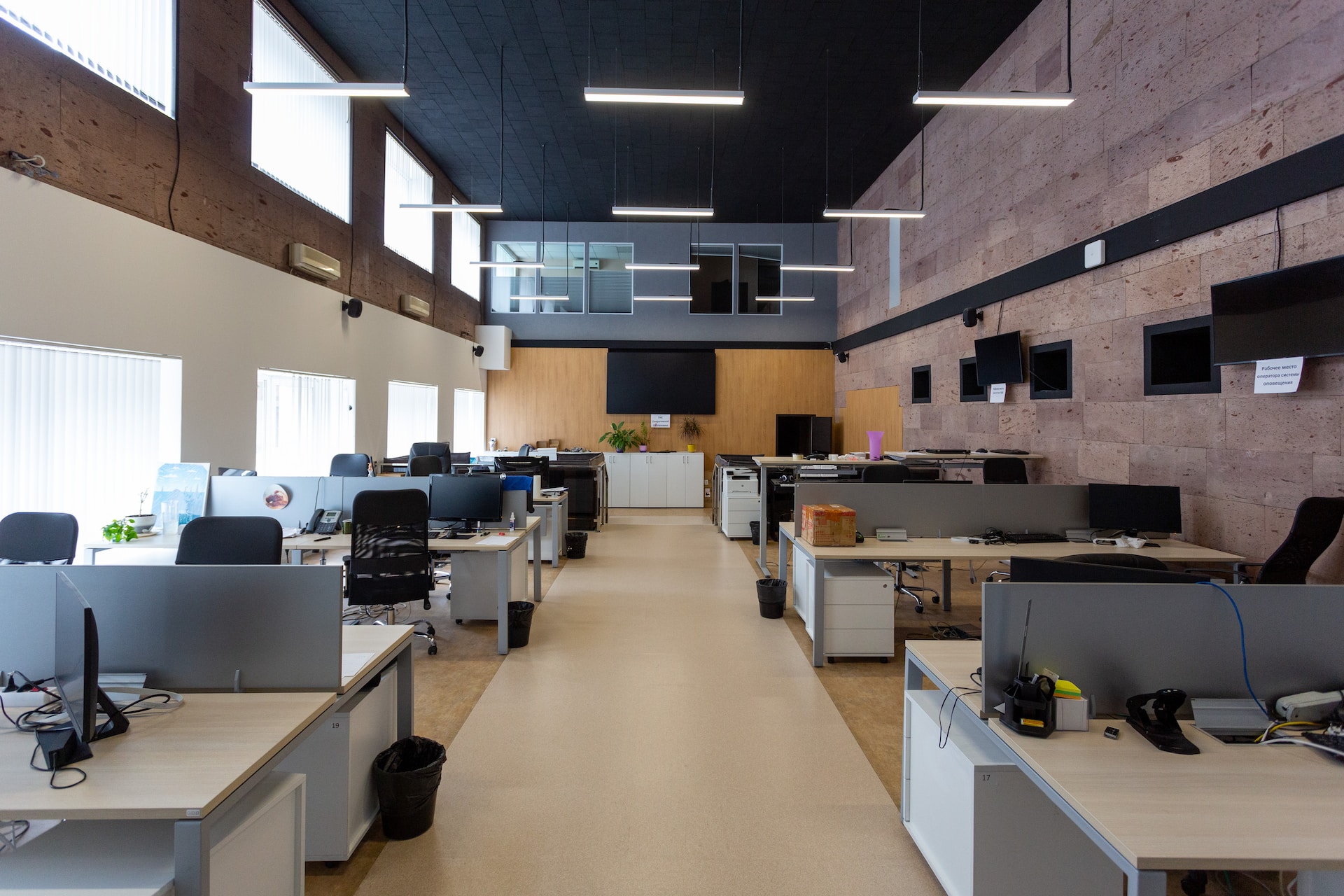Moving into a new office space can be a good step in expanding a business and facilitating a larger workforce. With a record number of new businesses predicted, it’s thought that many people are going to be branching out and moving into new premises.
Whether it’s your first time moving offices or you’ve done it before, you may be wondering what to consider to facilitate a smooth office move. To help businesses like yours, we’ve put together a guide containing things to consider when you move offices.
Things to consider
1. Limiting employee downtime
Firstly, one of the most important things to consider is how much downtime can you afford for your business to take.
Although we’d like to have a few weeks off work to facilitate a slow move, it’s not always that easy.
In business, time is money, so you’ll want to consider a way to minimise employee downtime.
Where you can, try to facilitate a move during a quiet time or lull, and avoid hectic times where you can as the move could negatively impact your profits.
2. Office and team layout
Although you don’t need to be an interior designer, you’ll want to make sure your office space has a team layout that is conducive to maximizing productivity and team spirit. For example, rather than have all desks in a row facing the wall, consider arranging desks in ‘pods’ or ‘hubs’.
You may also want to assign different meeting rooms and managerial offices at the same time.
3. Fire safety
If you are buying, building or renovating an office space,ensure that you install fire safety measures such as exit signs, like these for example. This will ensure that all employees know exactly where to head in the event of an emergency.
In fact, this is a legal requirement.
4. Parking and Accessibility
In your new premises, you should also consider parking for staff and disabled accessibility measures, as well as the distance from train stations and bus stops.
If you fail to choose a practical office space to get to, you could lose valuable talent if it will take employees too much time or money to get to the office on time.
You should also arrange access passes and badges for staff upon arrival.
5. Setting up technology and communications
Fail to do this, and you may experience utter chaos as your employees arrive at your new office. To avoid mass confusion and panic, get your phone lines and broadband installed before you move in, so you can get going right away.
6. Update address details and records
Finally, you’ll need to update your address on all your details and records. For example, go through and change the address on all of your business accounts, websites, contact details, business cards and invoices.
Although moving can be stressful, it needn’t be. If you follow these top tips when you’re moving offices, you’ll be in your new home in no time at all.
















